What Are the Most Painful Piercings?
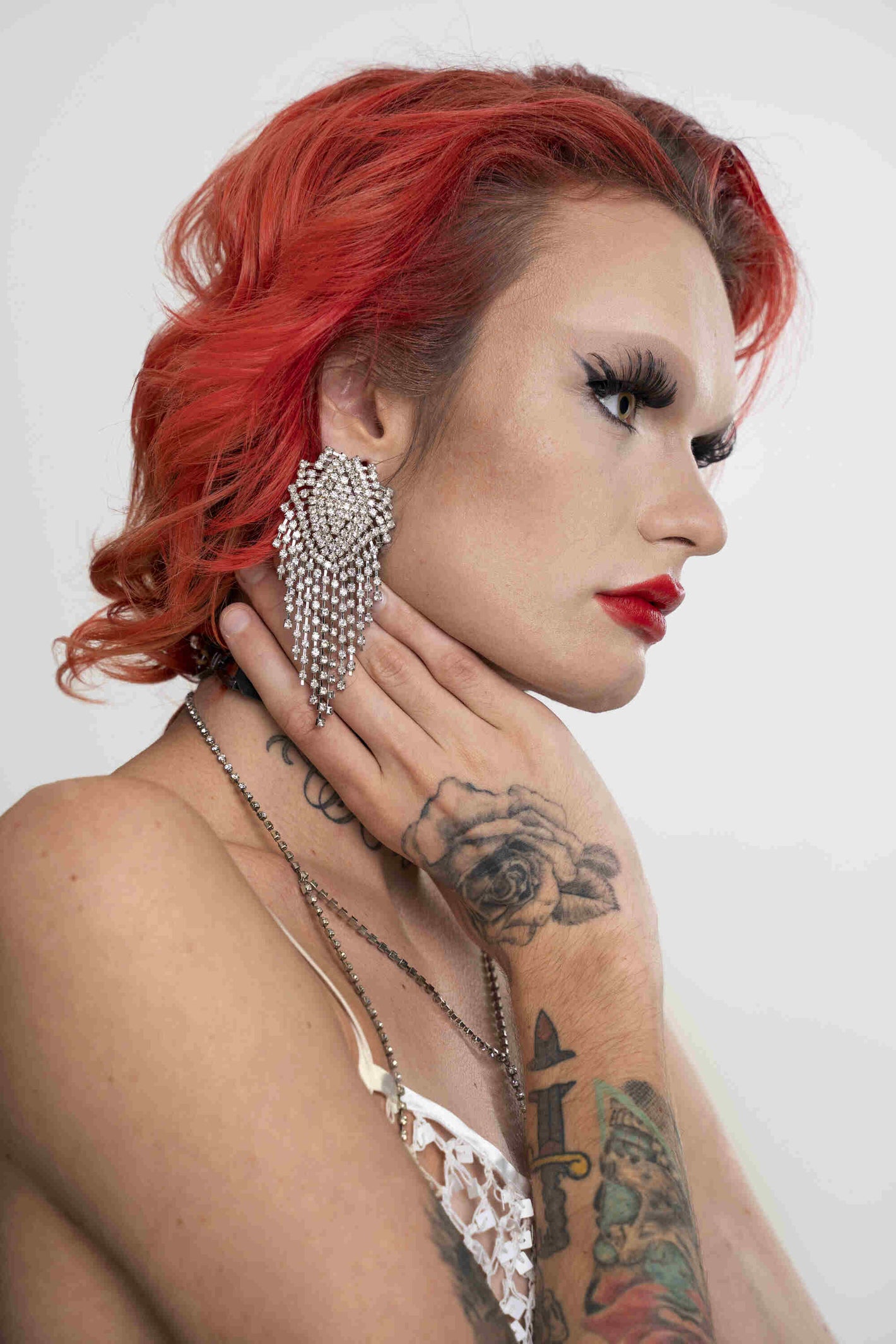
Related products
Body piercing is gaining popularity and acceptance. It was once a part of alternative medicine but is now included in corporate offices and executive boardrooms. All body piercings are different; some hurt more than others and take more healing time. However, pain is associated with all piercings, and everyone has different tolerance levels.

Those who are excited about the process and like a little bit of pain have a better experience than those who are anxious about it. It also depends upon the area, and specific body areas experience more pain than others. A rule of thumb is that having more nerve endings in the area causes more pain, and lower nerves are associated with less pain. Here is a list of painful piercings, from the most painful to the least painful.
Genital piercing
Genital areas have some of the highest concentrations of nerve endings in the body. For example, the body of the penis contains around 4000 nerve endings that emerge from the pudendal nerve. Glans alone has almost 8,000 nerve endings. So, this area is associated with the most pain during piercing. The pain in the region depends upon the site; e.g., Deep Shaft piercing and Prince Albert piercing have different pain levels.
The clitoris has the highest number of nerve endings (nearly 5000 dorsal nerve endings and 10,000 total nerve endings) and is the most sensitive part. Clitoris piercing thus hurts far more than the other types, even if one has a good tolerance level.
The clitoris is often the target of female genital mutilation in females. Read our informative article to learn more about female genital mutilation (FGM), its types and facts.
Nipple piercing
The nipple is one of the sensitive areas often targeted by piercings. Like genitalia, the nipple nerves communicate with the brain directly, making this zone one of the most erogenous zones in the body. There are hundreds of nerve endings in the nipples that are associated with pain and pleasure.
The nipples thus overstimulate the brain for intense pleasure. But pain is also very severe, like pleasure.
Nose piercing
Nose piercing pain varies and depends upon the part of the nose being pierced. Each nostril contains 6-10 million sensory neurons. Piercing the septum (the tissue present between the nostrils) causes more pain, but it is fragile and heals very quickly. Some health conditions, e.g., a deviated septum, cause more severe pain during piercing as it causes the septum nerves to become overactivated.
Nostril piercing, particularly near the top of the nose, causes less pain but requires more healing time. However, the recovery time pain is more severe than the septum-piercing pain.
Dermal piercing
Dermal piercing penetrates the skin but doesn't come from the other end. It is performed all over the body; the most common sites are the lower back, chest, and face. The pain experienced during dermal piercing depends very much on the location of the piercing. Every square inch of the skin has about 1000 nerve endings and 20 feet of blood vessels.
Thrusting the piece of jewellery into the skin downwards into several layers of the skin causes intense pain. It is expected to experience intense pain and discomfort during these conditions. Read our article, 'Dermal piercing: Everything you need to know before getting it', to learn more about dermal piercing.
Ear piercing
Ear piercings are trendy because they do not contain nerve endings, are associated with very little pain, and the ear tissues heal quickly. Some ear piercings, e.g., daith piercing, rook piercing, and conch piercing, hurt more due to the presence of some nerve endings in the thick cartilage.
If properly cared for, most ear piercings heal quickly in less than a month. This reduces the chances of painful complications, such as infections. Many types of piercings target the ear. Visit our page to learn about tragus piercing in the ears, its risks and benefits.
Belly Button piercing
It is one of the least painful piercings, second only to ear piercings in terms of low pain. It is because the thick tissue, which is the leftover of the umbilical cord, was removed and is not too nerve-dense. The centre of the navel contains about 72,000 nerve endings and is one of the most erogenous areas in the body.

As the peripheral tissue is hard to poke, some pain is expected as the needle goes through, but this pain disappears quickly. It takes just a few months to heal completely.
Eyebrows piercing
Piercing the eyebrows is a borderline between painful and non-painful. Some major eyebrow nerves are in those areas, and thus, the location of the piercing matters. For example, the presence of the supraorbital nerve makes the piercing process close to the middle portion of the eyebrows very painful. There is a chance of swelling and bruising after piercing in the middle region.
Tongue piercing
Tongue piercing, particularly at the tip, is associated with little pain and lies on the lower side of the pain spectrum. However, the tongue is exposed to many bacteria during drinking and eating. If not taken care of properly, the tongue will likely experience infections and other complications.
The body of the tongue is innervated by the lingual nerve and its branches and is sensitive. Rinsing, flossing, brushing the teeth, and properly using a saline solution can greatly improve the healing and pain of tongue piercings.
What does the piercing feel like?
Many body piercings are painful and cause intense pain for a few seconds or a fraction of a second when the needle is inserted and the jewellery is loaded. Most people experience the feeling of a sting that subsides quickly. Some piercings cause pain and soreness for some weeks or even months.
Pain and other complications depend upon the care of the pierced organ, and many organs are painless to pierce.
Frequently Asked Questions
What are the most painful piercings ever?
Six piercings associated with extreme pain are daith, the piercing that punctures the cartilage in the ear canal on the inner ear; nipple piercing; genital piercing; dermal piercing; industrial piercing; and septum piercing. Choose the piercer wisely for better results and lower pain.
What are the piercings that are difficult to take care of?
Nose piercings heal hard and are notorious for extreme sensitivity due to nerves flowing nearby. They need at least 12 weeks of strict care. Most piercings involving the middle part of the organs are painful and take longer to heal.
Which piercings are the safest ones?
The earlobe, nostrils, and belly button piercings are the safest and heal very well, particularly when the area is regularly cleaned. However, the piercing must be done at the proper angle.
Which piercing is the most loved one?
For many people, getting an earlobe piercing is the most loved one as it opens the gateway into adulthood. Thus, it is among the most popular piercings people love. Many people, particularly women, prefer nose piercings.
Is it normal to experience pain with the pierced nipples?
Yes, some pain does occur as a person gets the nipples pierced. It causes soreness for up to a week after piercing. Some people experience bleeding, swelling, itching and discharge from the wounds. The sore heals within a few months.

Bottom-line
Some piercings are painful, while others cause very little pain. Some hurt more and have less healing time, while others are less painful but have longer healing time and continue to cause discomfort for many weeks. So, it is necessary to be prepared and choose an experienced piercer to guide the process correctly. It makes a lot of difference between painful and painless procedures.
Welzo offers healthcare advice and contains numerous products about health and wellness. Visit Welzo Health Hub and open the gateway to knowledge.



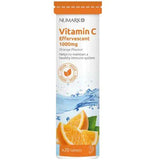
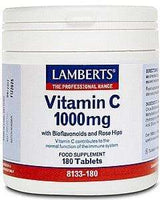
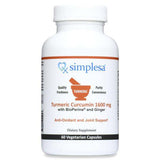
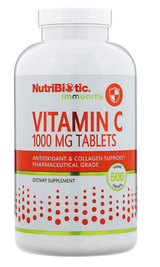
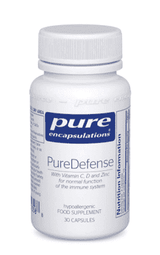
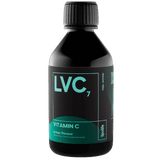
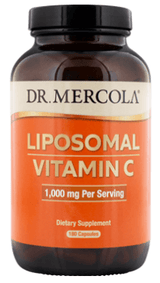
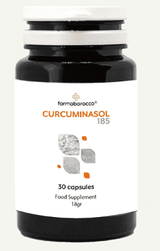
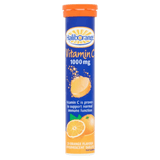
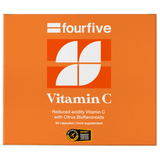
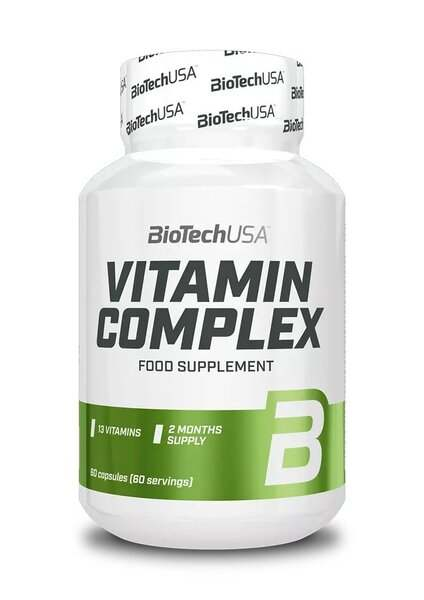
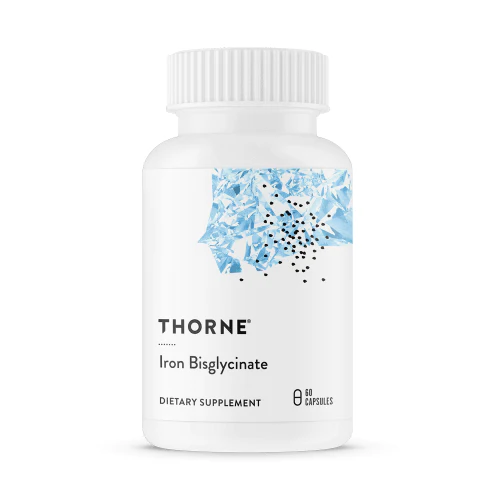
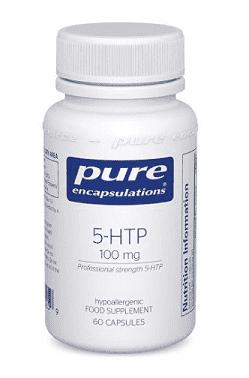
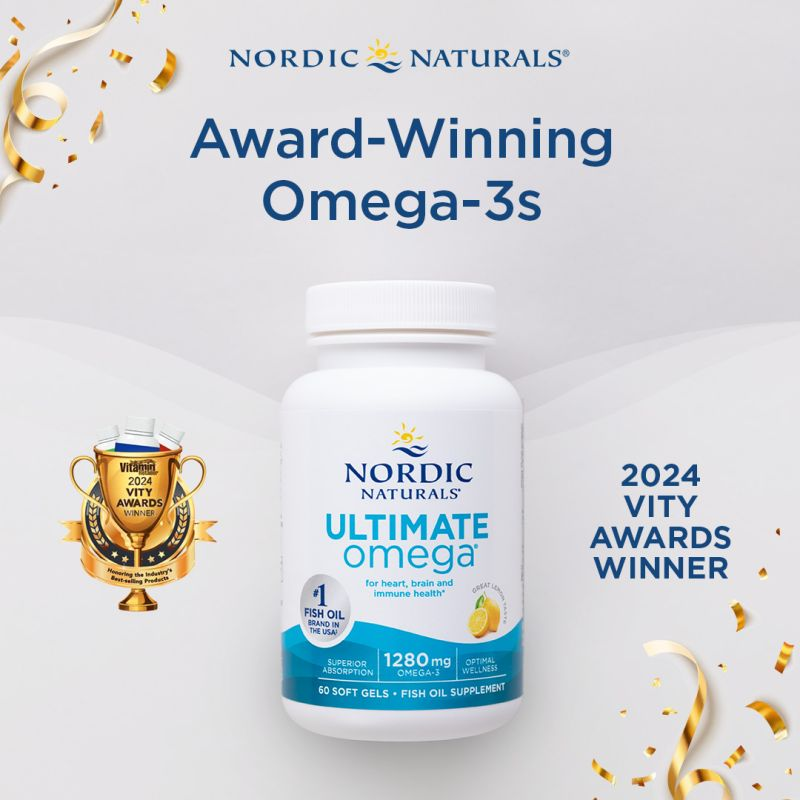


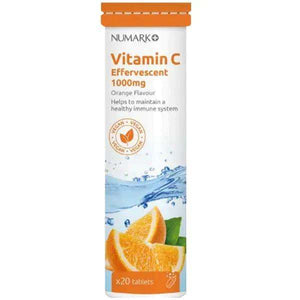
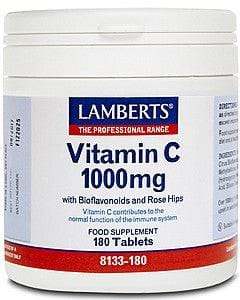
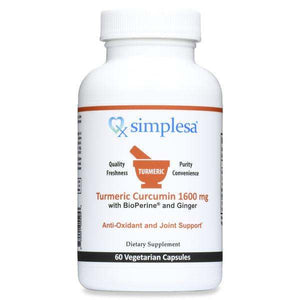
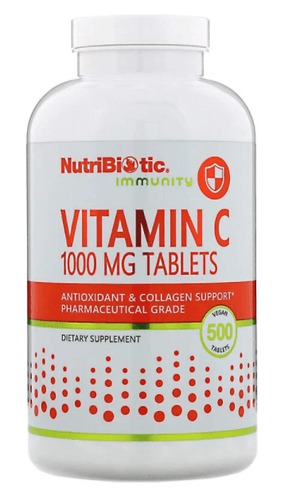
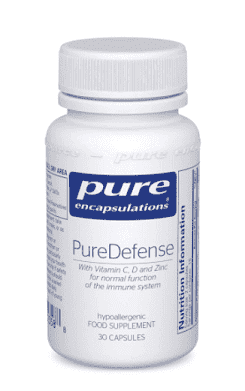
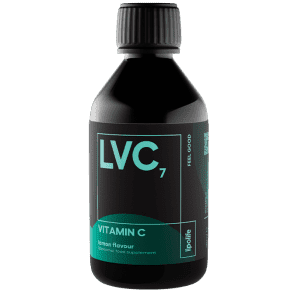
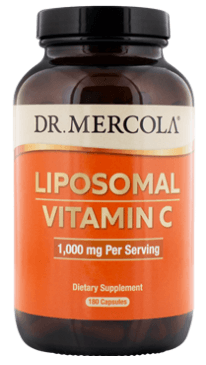
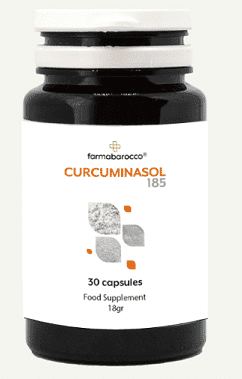

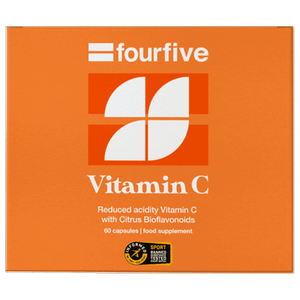
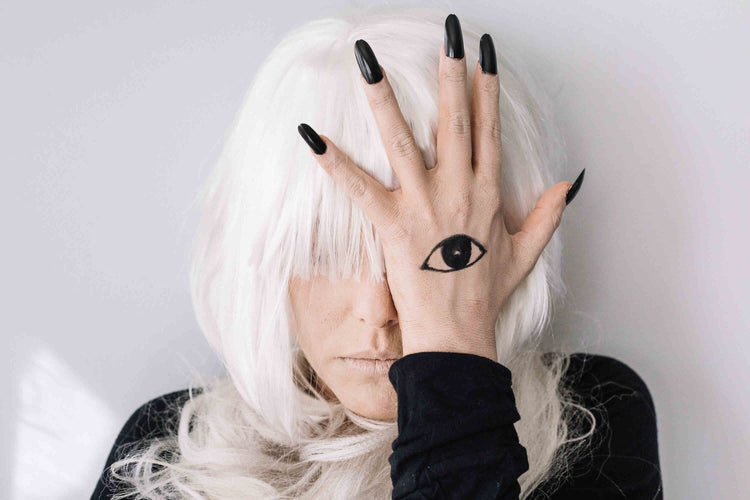




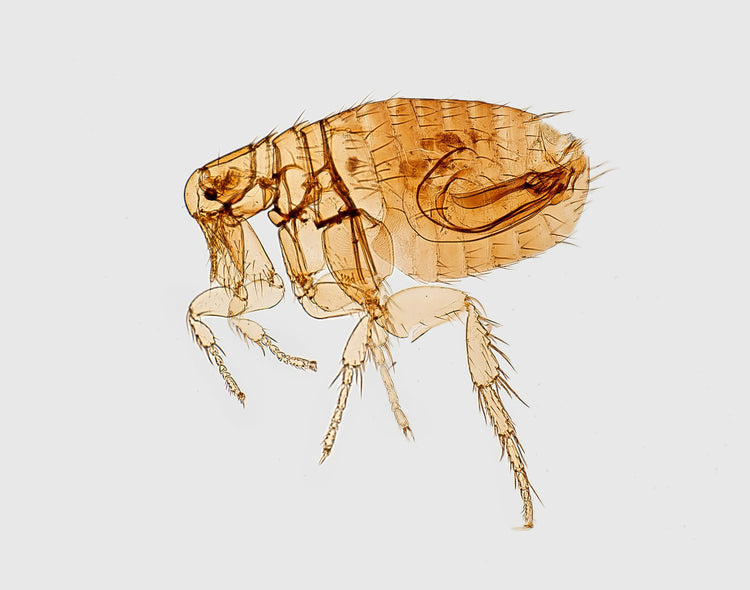
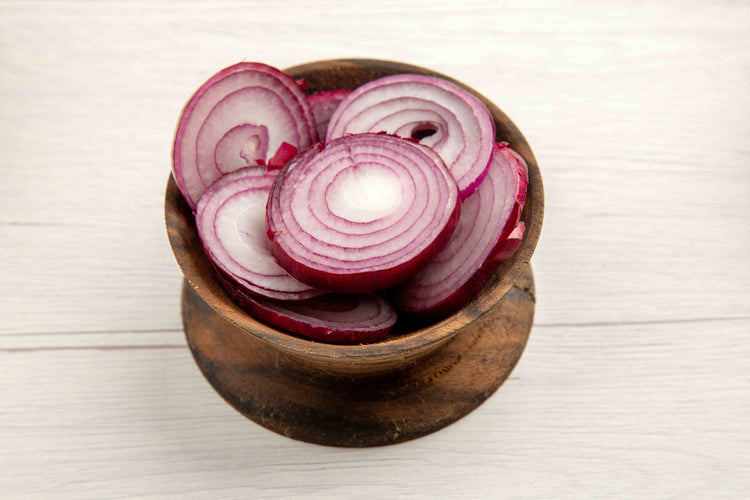
 Rated Excellent by 14,617+ Reviews
Rated Excellent by 14,617+ Reviews